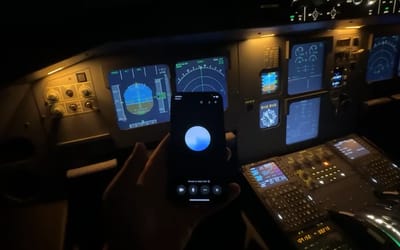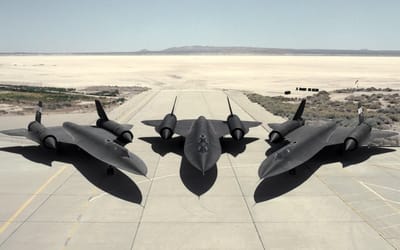Mercedes, Tesla, Waymo, Ford - Who’s really winning the race to autonomy?
- Self-driving cars are well and truly here
- From Tesla to Waymo and Ford, a lot of companies are going all in
- There’s no clear leader yet, but there’s a lot happening
Published on Feb 06, 2025 at 5:27 PM (UTC+4)
by Alessandro Renesis
Last updated on May 15, 2025 at 4:29 PM (UTC+4)
Edited by
Kate Bain
Self-driving cars are here, and Tesla, Mercedes, GM, Waymo, Rimac, and many others are working hard to get a slice of the pie.
Most of these companies are integrating self-driving technology in their existing cars, while others, like Waymo, have had a sole focus on autonomy from the start.
The market is still niche, but it’s growing.
So the question is, who’s winning?
DISCOVER SBX CARS: The global premium car auction platform powered by Supercar Blondie
Waymo and Zoox, and the tech giants behind them
Unlike Tesla, Waymo and Zoox were founded as autonomous driving technology companies from the start.
They’re a big deal for their respective parent companies, Google and Amazon, and they’re growing at a fast rate.
Waymo’s self-driving cars are now available in multiple locations across the United States and, as Supercar Blondie’s Alex Hirschi herself can confirm, both Waymo and Zoox are pretty impressive.
Waymo, like every other autonomous driving company apart from Tesla and Xpeng, uses lidars, not cameras.
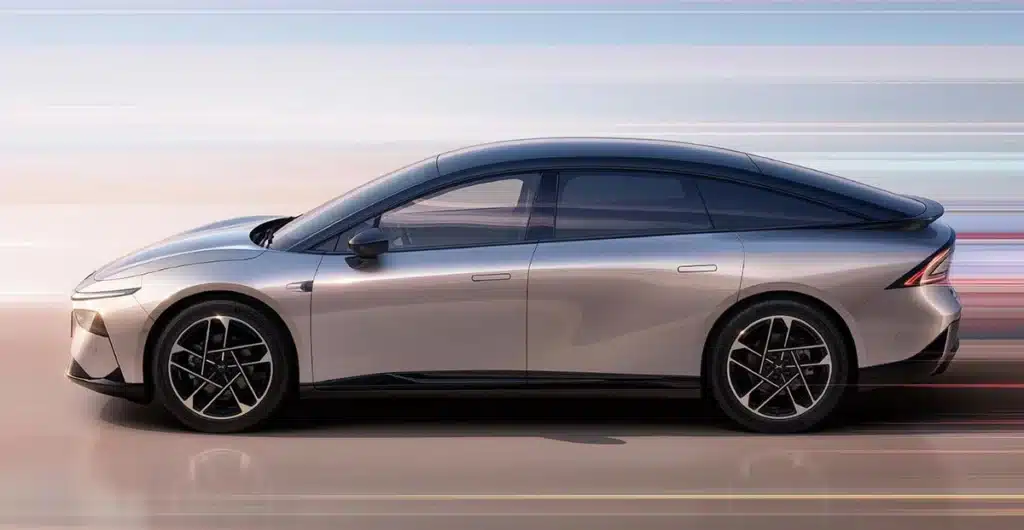
Lidars are basically glorified radars with night vision and light/heat detection, but some people believe cameras are better.
The reasoning behind this is that cameras, especially with the addition of AI, can arguably outperform and outsmart lidars.
Translated, with our two cameras open, ie our eyes, we don’t need heat and light detection to tell the difference between, say, a deer or a lamppost.
Uber and GM are in the self-driving race together
Just like Tesla, all of these brands started out as something else, but are now pivoting towards self driving at different speeds and in different ways.
Uber, for example, has u-turned at least twice.
The company’s CEO said Tesla was going to need Uber in May last year, and then said almost the exact opposite a few months later.
There’s more, because the company has also partnered up with GM for self-driving technology, so there is some conflict of interest going on there.
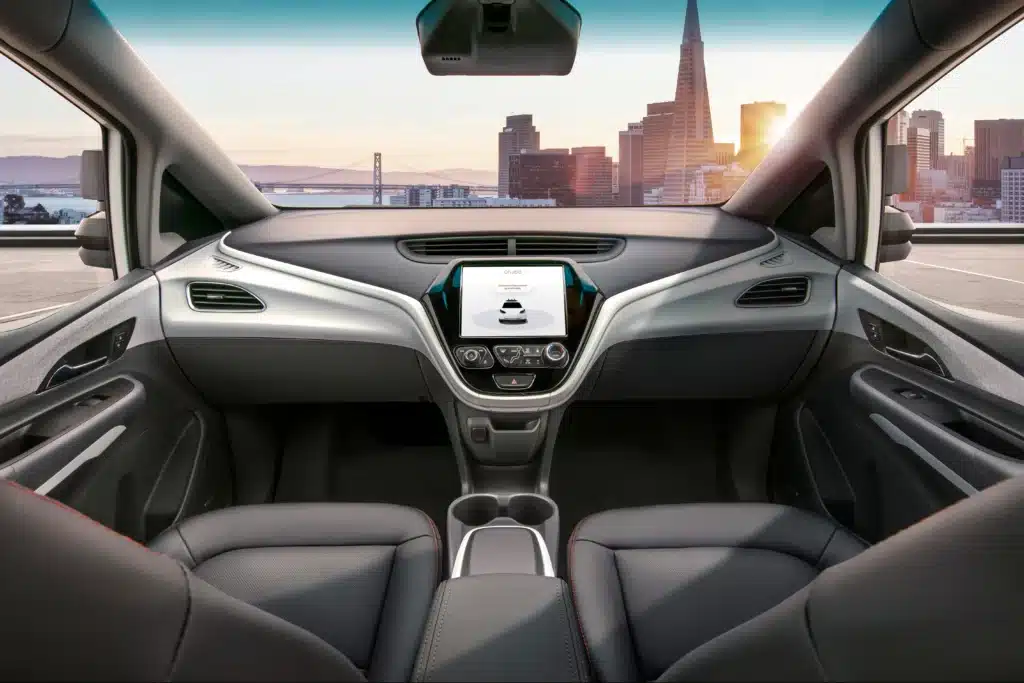
Speaking of GM, they’re still investing in self-driving technology, they call it Cruise, but they decided to can the autonomous vehicle project (pictured above) after spending billions on it.
It seems the GM, just like Apple did with the now defunct Apple car, has realized that sometimes you just have to call it quits.
Mercedes vs Ford
Mercedes and Ford are both making progress, but it isn’t fast progress.
They’re expanding their self-driving programs, Drive Pilot and BlueCruise respectively, but the availability is still limited.
For now, Drive Pilot is only available for the S-Class and EQS, while BlueCruise is available for (some versions of) the Mustang Mach-E, F-150 and F-150 Lightning, Explorer and Expedition.
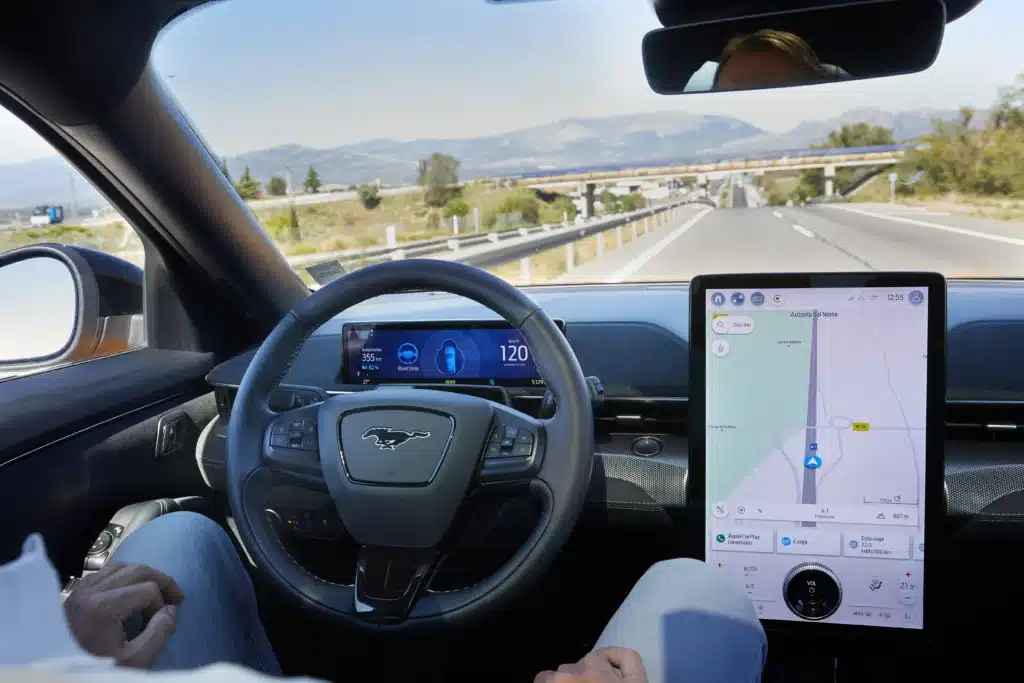
In Mercedes-Benz’ case, progress is further hindered by the EU, which is not exactly proceeding speedily when it comes to regulations on self-driving cars.
The self-driving elephant in the room, Tesla
Tesla has rapidly steered, pardon the pun, towards self-driving technology in recent years.
Elon Musk himself never misses an opportunity to remind investors, shareholders and buyers that the company is an autonomy and robotics company, not a car maker.
And Tesla proved this by spearheading the unveil of two robotaxies, something they did at the expense of the (yet again delayed) Roadster.
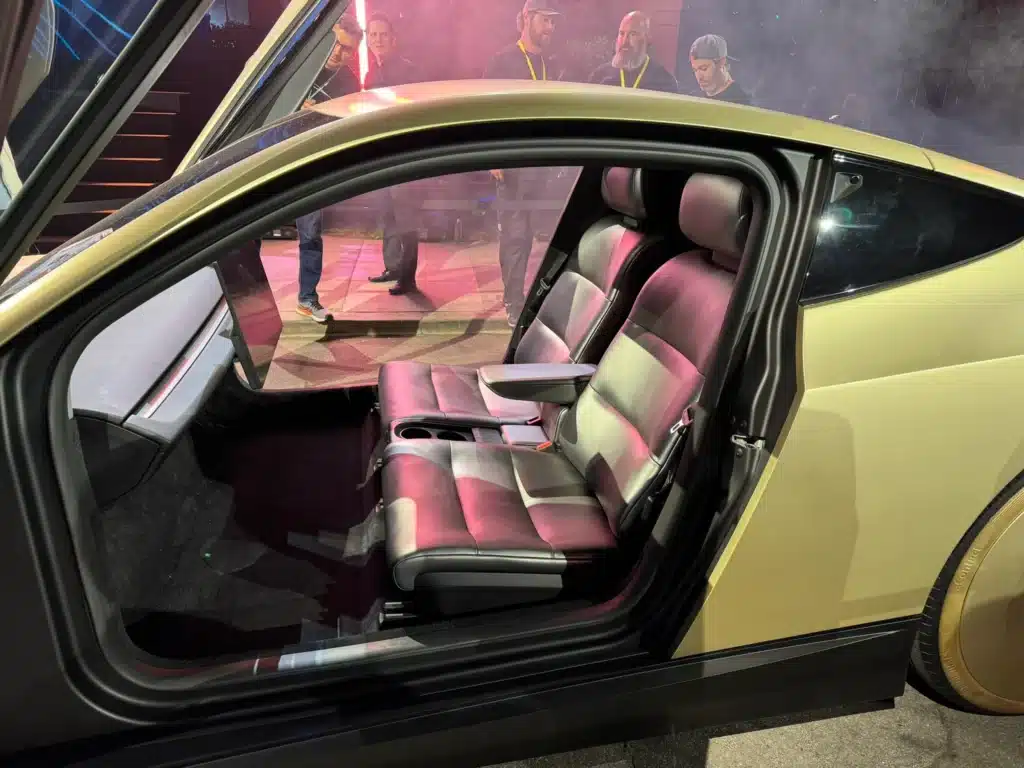
Tesla also said that unsupervised FSD, which essentially amounts to full autonomy, will be available in Texas this year.
Tesla doesn’t have any robotaxies on the road yet, but it does offer FSD on every ‘normal’ vehicle in the line-up, including the Cybertruck, and it’s gathering impressive amounts of data on self-driving technology.
This can make a big difference in the long run.
Cameras vs lidars
This is beginning to look like a battle between lidars and cameras.
It feels entirely possible that, 10 or 20 years from now, companies that bet the house on cameras will stop and realize focusing on lidars would’ve been better.
But the exact opposite is also possible.
The jury is still out because there isn’t enough data yet, but we’ll find out soon enough.


